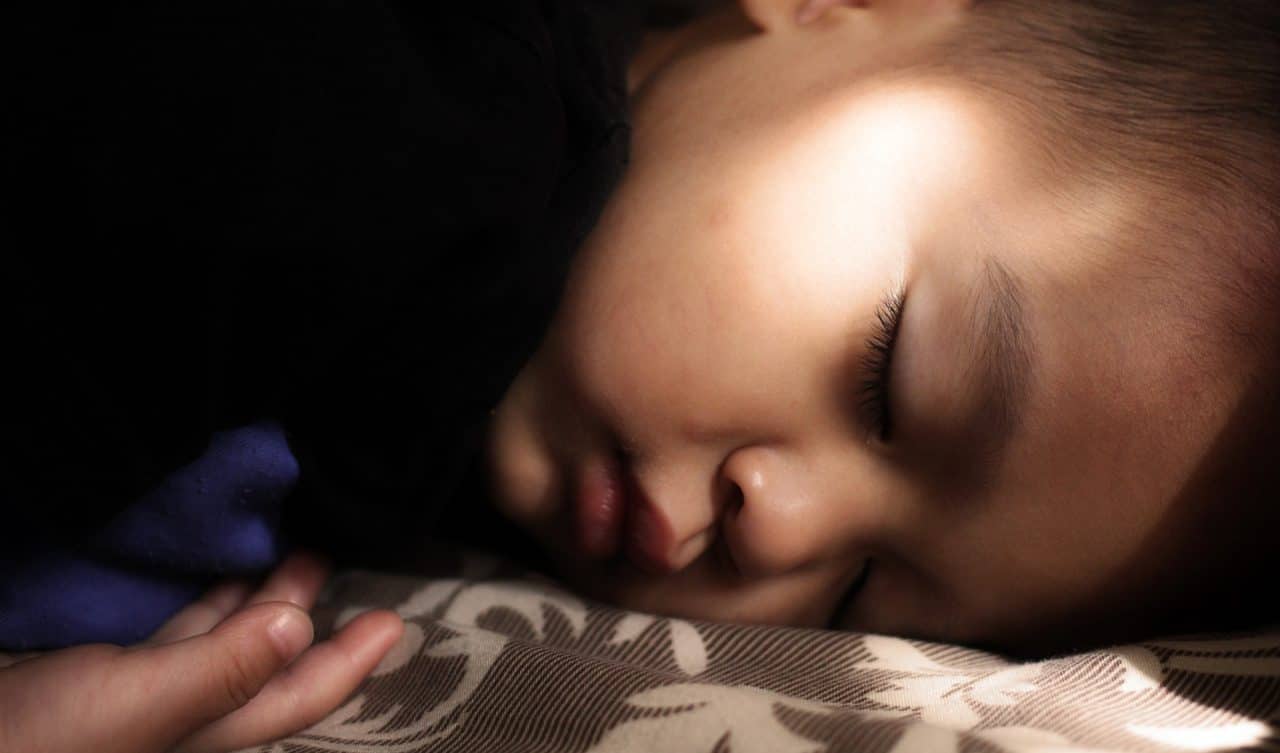Children are susceptible to illness, and respiratory problems are quite common—especially in those exposed to germs (e.g., in a daycare setting). Most respiratory ailments are not severe, but approximately one-third result from breathing disorders that require special treatment.
Upper & Lower Respiratory Infections
Types of children’s respiratory infections include those affecting the upper respiratory system (comprising the mouth, nose, throat and sinuses) and the lower respiratory system (the bronchial tubes and lungs). Generally, lower respiratory infections tend to be more severe and are characterized by shortness of breath, wheezing and rapid breathing.
Upper respiratory infections include colds, flu, croup and sinusitis. Treatment consists of a combination of medications, fluids and rest.
Pediatric Airway Conditions
Upper and lower respiratory tract infections are common in children because their immune systems are still developing. Colds, flu, croup, sinusitis, bronchiolitis, asthma and pneumonia all produce symptoms that make breathing difficult. Symptoms include stuffiness, shortness of breath, wheezing and rapid breathing.
Reflux is another condition that affects children. Known as laryngopharyngeal reflux (LPR), it occurs when stomach acids back up into the throat due to the esophageal sphincter muscle failing to close properly. Also known as silent reflux, the condition mimics gastroesophageal reflux (GERD), minus the painful heartburn. Symptoms include difficulty swallowing, sore throat, coughing, postnasal drip and wheezing.
Additional conditions that cause airway problems in children include allergies, teething, sleep apnea and congenital issues.
Diagnosing Pediatric Airway Conditions
Your child’s doctor will need to diagnose the condition responsible for the airway problem in order to treat it successfully. In addition to a physical examination and a review of your child’s medical history and current symptoms, diagnostic testing may be employed to help narrow the cause. Possible tests include x-rays, CT scans, MRI, laryngoscopy (an examination of the vocal cords) and bronchoscopy (checking the lungs and trachea using an endoscope).
How Are These Conditions Treated?
There is no single treatment plan for pediatric airway problems. With such a diverse array of possible causes, treatment will be based on the underlying condition and could involve options such as making dietary changes adding medications, or occasionally surgical solutions.
Call Midwest ENT Centre at (636) 441-3100 for more information or to schedule an appointment.
